Article
This channel provides Gstarsoft useful articles , in order for you to better use Gstarsoft.
2024-08-29 13440
Building Information Modeling (BIM) is a powerful tool that revolutionizes the way construction projects are designed, executed, and managed. By creating detailed, data-rich digital models of buildings or infrastructure, BIM provides a multitude of benefits across the entire lifecycle of a project. Here's what BIM can do:
1. Enhance Collaboration and Communication
BIM enables seamless collaboration among architects, engineers, contractors, and other stakeholders by providing a shared platform for information exchange. All team members can work on a single, centralized model, ensuring that everyone is on the same page. This reduces the likelihood of errors, miscommunication, and rework, leading to smoother project execution.
2. Improve Design Quality and Accuracy
BIM allows for the creation of highly detailed 3D models that accurately represent the physical and functional characteristics of a building. These models enable designers to visualize the project in a virtual environment, test various design scenarios, and make informed decisions. The result is a higher quality design that meets the project's objectives in terms of aesthetics, functionality, and performance.
3. Optimize Construction Planning
With BIM, construction planning becomes more efficient and precise. BIM models can be used to create detailed construction schedules (4D BIM) and cost estimates (5D BIM). This allows project teams to visualize the construction process, identify potential bottlenecks, and optimize resource allocation. The ability to simulate the construction sequence reduces the risk of delays and cost overruns.
4. Facilitate Clash Detection and Risk Management
One of the key advantages of BIM is its ability to detect clashes or conflicts between different building systems (e.g., structural, mechanical, electrical). BIM software can automatically identify these issues before construction begins, allowing the project team to resolve them in the design phase. This proactive approach to risk management reduces costly changes during construction and ensures that the project is delivered on time and within budget.
5. Support Sustainable Design and Construction
BIM enables the integration of sustainability analysis into the design process (6D BIM). By assessing the building's energy consumption, environmental impact, and resource use, designers can make informed decisions that lead to more sustainable and energy-efficient buildings. BIM also supports the use of green building materials and techniques, helping to reduce the environmental footprint of construction projects.
6. Streamline Facility Management and Operations
BIM is not just a design and construction tool; it also plays a crucial role in facility management. Once the building is operational, the BIM model serves as a digital twin, providing detailed information about the building's systems, components, and maintenance requirements. Facility managers can use this data to plan maintenance activities, monitor system performance, and optimize the building's operational efficiency.
7. Enhance Client and Stakeholder Engagement
BIM models provide a visually engaging way to present project designs to clients and other stakeholders. The ability to walk through a virtual model of the building helps clients understand the design intent, provides clarity on how the final product will look, and allows for informed decision-making. This increased transparency and communication lead to greater client satisfaction.
8. Support Legal and Regulatory Compliance
BIM can help ensure that the project complies with local building codes, regulations, and industry standards. The BIM model can be used to automatically check for compliance issues, reducing the risk of costly legal disputes and ensuring that the project meets all necessary requirements.
9. Improve Project Documentation
BIM streamlines the documentation process by automating the generation of drawings, schedules, and reports. The information in the BIM model is consistently updated, ensuring that all documentation reflects the current state of the project. This reduces the time and effort required to produce accurate project documentation and helps maintain consistency across all project deliverables.
10. Enable Future Renovations and Upgrades
The data-rich nature of BIM models makes them invaluable for future renovations, retrofits, or upgrades. Building owners and facility managers can refer to the BIM model to understand the existing structure and systems, making it easier to plan and execute modifications. This long-term value of BIM ensures that the building remains adaptable and responsive to changing needs.
Welcome to the GstarCAD Support center, where you can find useful articles and troubleshooting resources, etc. for CAD . To View details, you can visit CAD overview, Download and buy online
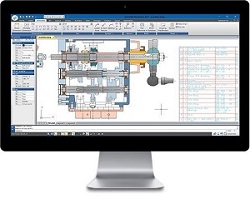
2025-02-17
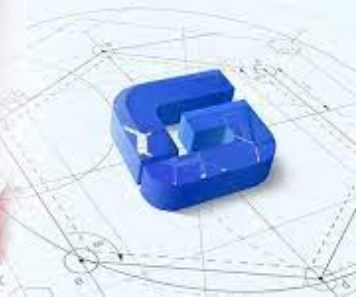
2025-02-17

2024-12-26
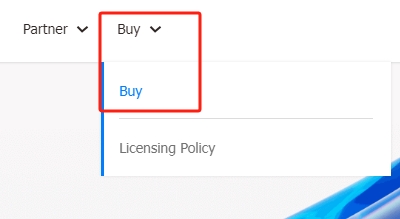
2024-12-26
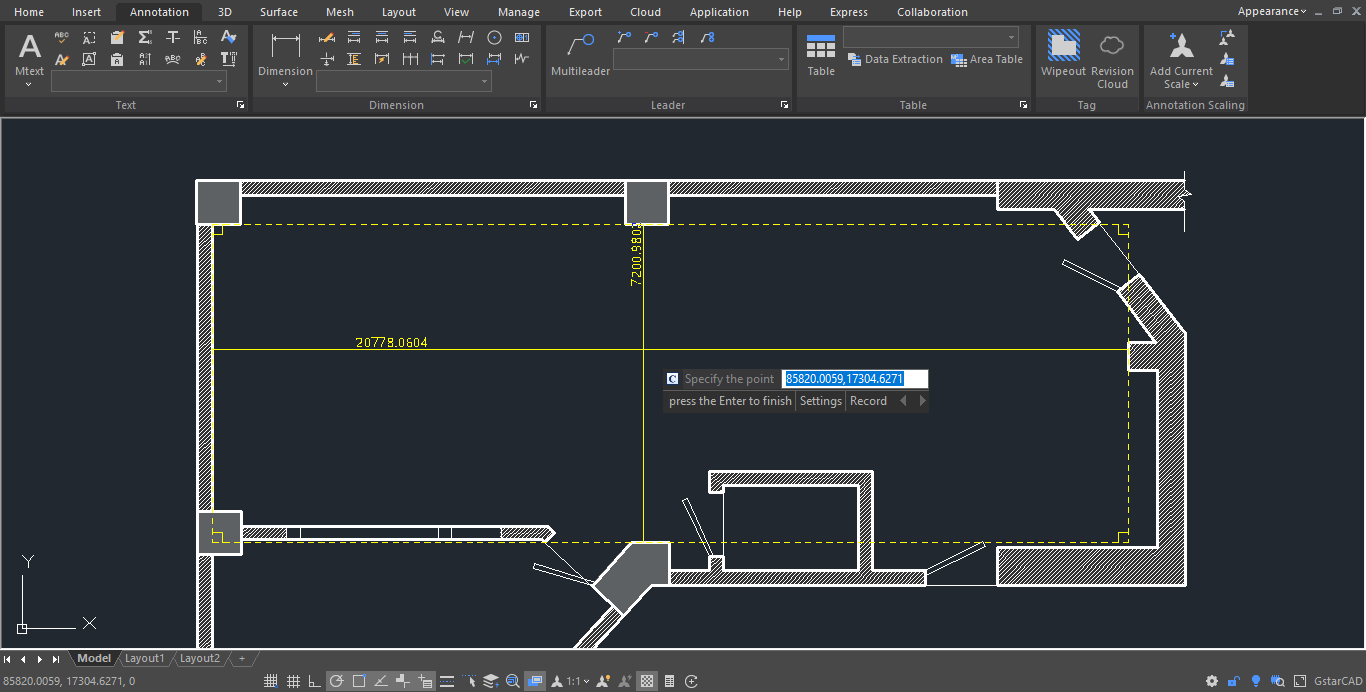
2024-11-25
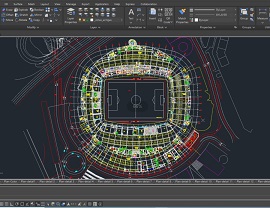
2024-11-25
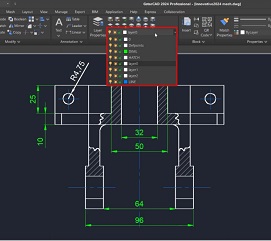
2024-10-28
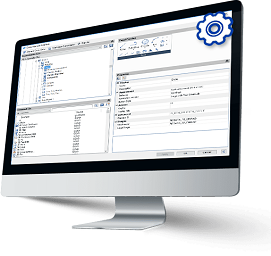
2024-10-28